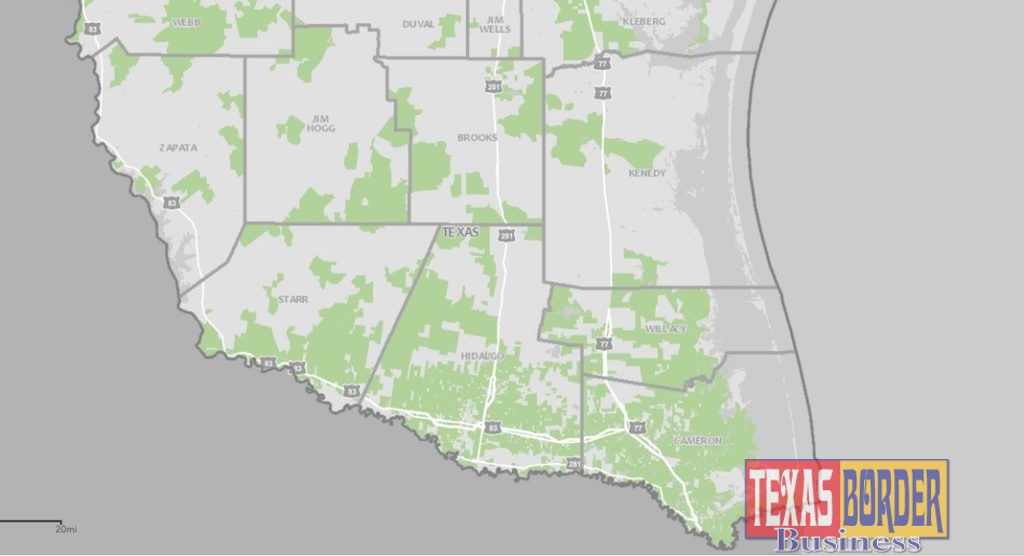Address canvassing for McAllen, Rio Grande Valley to start on August 18

Texas Border Business
The U.S. Census Bureau announced the launch of address canvassing throughout the United States, the first major field operation of the 2020 Census. Address canvassing improves and refines the Census Bureau’s address list of households nationwide, which is necessary to deliver invitations to respond to the census. The address list plays a vital role in ensuring a complete and accurate count of everyone living in the United States.
“The Census Bureau is dedicated to ensuring that we are on track, and ready to accomplish the mission of the 2020 Census,” said Census Bureau Director Steven Dillingham. “We have made many improvements and innovations over the past decade, including better technologies for canvassing neighborhoods and developing complete and updated address listings and maps.”
The Census Bureau created new software called the Block Assessment, Research and Classification Application (BARCA). It compares satellite images of the United States over time, allowing Census Bureau employees to spot new housing developments, changes in existing homes and other housing units that did not previously exist. Reviewers also use BARCA to compare the number of housing units in current imagery with the number of addresses on file for each block.
“We were able to verify 65% of addresses using satellite imagery — a massive accomplishment for us,” said Census Bureau Geography Division Chief Deirdre Bishop during the briefing. “In 2010 we had to hire 150,000 people to verify 100% of the addresses in the field, this decade we will only have to hire about 40,000 employees around the nation to verify the remaining 35% of addresses.”
Census Bureau employees (listers) will start walking through McAllen and Rio Grande Valley neighborhoods, checking addresses not verified using BARCA software starting on August 18, 2019. In-field address canvassing will continue through mid-October.
To help identify address listers, employees will have badges and briefcases indicating their affiliation with the Census Bureau. They will knock on doors and ask a few simple questions to verify the address and any additional living quarters on the property for inclusion in the census.
Employees will introduce themselves as a Census Bureau employee, show their official government ID badge, and explain the purpose of the visit. People may also ask them for a picture ID from another source to confirm their identity.
The 2020 Census: In-Field Address Canvassing (IFAC) Viewer provides county information on areas that listers will visit.
This operation is one of several activities the Census Bureau conducts for an accurate and complete count. The Census Bureau also partners with the U.S. Postal Service and tribal, state and local officials to update the address list.
“Ultimately, the success of the census depends on everyone’s participation,” said Marilyn Sanders, Chicago regional director. “And it’s important to remember, when you respond to the census you shape your future and the future of your community.”
The 2020 Census officially starts counting people in January 2020 in remote Toksook Bay, Alaska. Following the count of people in remote Alaska, most households in the country will start receiving invitations to respond online, by phone or by mail in March 2020.
The U.S. Constitution mandates that a census of the population be conducted once every 10 years. Census data is used to determine the number of seats each state holds in Congress and how more than $675 billion in federal funds are distributed back to states and local communities every year for services and infrastructure, including health care, jobs, schools, roads and businesses.
For more information on address canvassing, visit the Census Bureau website at www.census.gov.















